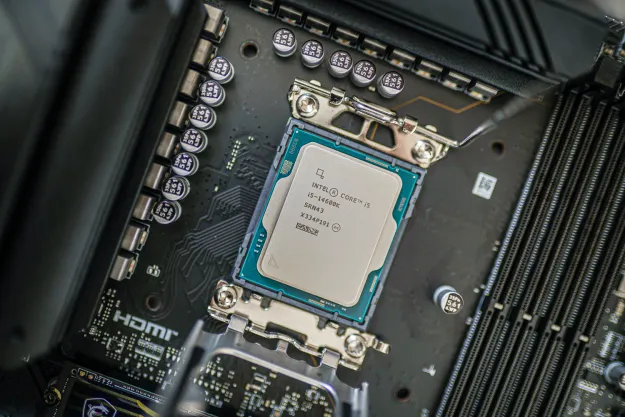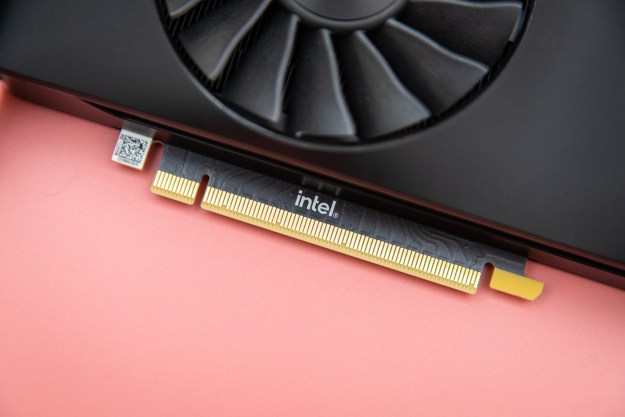
The majority of computers sold today are laptops, but the majority of those laptops spend their lives within the confines of the user’s home. Intel is trying to seize this fact to propel a new type of all-in-one that can recline fully flat and has a built-in battery.
It’s called an “adaptive” all-in-one. The impromptu flagship appears to be Lenovo’s IdeaCentre Horizon, which was used by Intel to run demonstrations at its CES press conference. In a somewhat cheesy scene a family came on-stage and played Monopoly on the computer. Every part of the game was controlled by touch. Another demo featured two friends playing poker over an all-in-one with their cards displayed on smartphones.
This family-time narrative was pushed by Intel throughout its pitch for the adaptive all-in-one. The company spun a vision of families putting down their smartphones for quality time around an adaptive all-in-one.
We’re not sure that’s a realistic vision, but the concept might still have merit. A large touch-sensitive panel could be useful for both entertainment and productivity. Consumers have also proven time and time again that mobility is a concept that sells PCs. Combining a large screen with portability is an interesting proposition.
There are some wrinkles to iron out. The internal battery in the Horizon only offers two hours of endurance, yet pricing starts at $1,699. That’s a lot of money to spend on a system that can’t even be used to watch a typical feature film without having to be plugged back in. We will probably see improvements on the concept over the next year, however, so the adaptive all-in-one may have a future.
Editors' Recommendations
- Dell clearance sale: Save $250 on this popular all-in-one PC
- All the ways Intel Macs are still better than Apple Silicon Macs
- Intel just boosted gaming performance by up to 155%
- Intel’s awkward transition year
- This Lenovo All-in-One is normally $1,739 — today it’s $549


